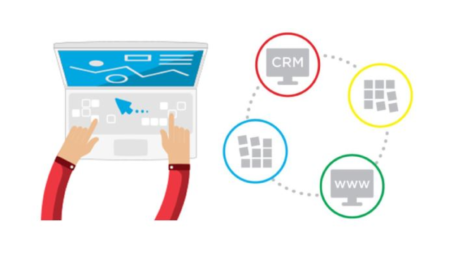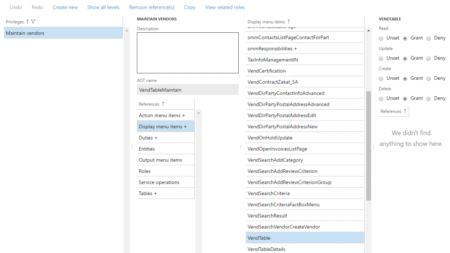Nowadays, low-code/no-code are buzzwords that you often hear coupled with the PowerApps platform. Microsoft truly changed the ICT landscape with the introduction of PowerApps, a focus on democratising solution development, and empowering citizen developers. However, with the public preview release of the PowerApps Component Framework (formerly known as the Custom Control Framework) hardcore developers can now rejoice with an exciting frameworks to play with. The PowerApps Component Framework allows you to build your own PowerApps custom controls and move away from the good old web resources approach. The framework expands on the platform’s capability and fills the gap when it comes to building custom rich controls. Come along to this session to see how we highlight the existing issues with web resources and demonstrate how those resources can be replaced with the latest framework. Live demo will include from building a control and deploying to Dynamics.





















